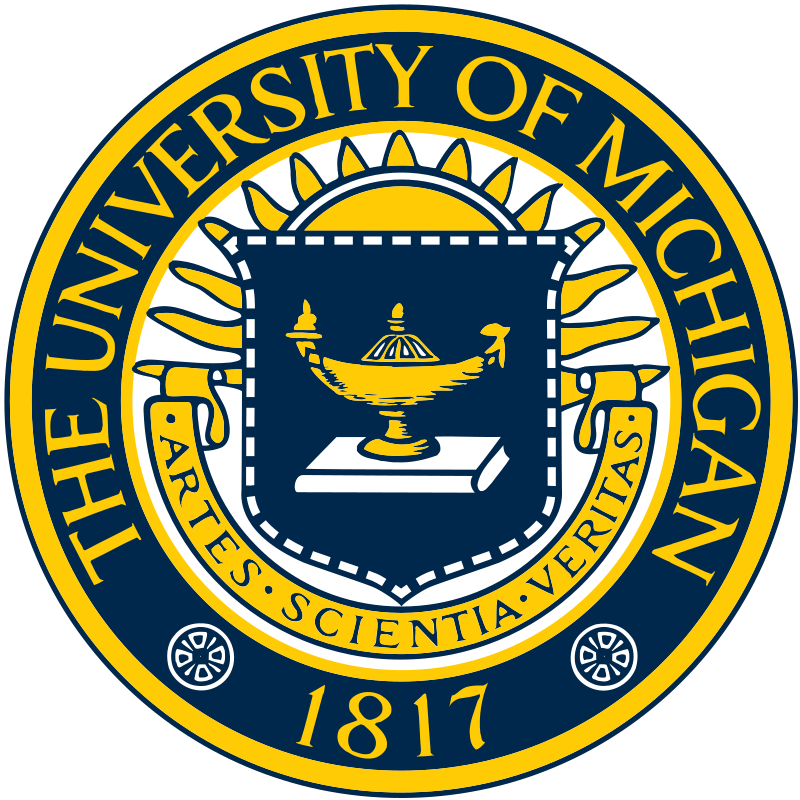Table of Contents
- General Information
- Vaccine Related Pathogen Genes
- Vaccine Information
- ADS-MVA vaccine
- Double Inactivated whole SARS-CoV vaccine
- Double Inactivated whole SARS-CoV vaccine + alum
- β-propiolactone-inactivated SARS-CoV vaccine
- MA-ExoN vaccine
- MVA/S vaccine
- NDV-BC/SÂ vaccine
- NDV-VF/S vaccine
- RBD-rAAV-SARS-CoV
- RBD-rAAV-SARS-CoV-version-02
- rDNA-expressed S protein + alum vaccine
- rDNA-expressed S protein vaccine
- Recombinant spike polypeptide vaccine
- rMA15-ΔE vaccine
- rMV-S + rMV-N vaccine
- rMV-SARS-CoV-S/Ssol
- SARS Subunit Spike Protein with subunit boosting Vaccine
- SARS-CoV Ad S/N vaccine
- SARS-CoV CRT-N vaccine
- SARS-CoV CTLA4-S DNA vaccine
- SARS-CoV E gene mutant vaccine
- SARS-CoV M protein DNA vaccine
- SARS-CoV N + SARS-CoV M DNA vaccine
- SARS-CoV N protein DNA vaccine
- SARS-CoV pCI-N DNA from vaccine
- SARS-CoV rVV-SARS-N
- SARS-CoV S Baculovirus Vaccine
- SARS-CoV Salmonella-CTLA4-S DNA vaccine
- SARS-CoV Salmonella-tPA-S DNA vaccine
- SARS-CoV tPA-S DNA vaccine
- SARS-CoV VLP-MHV + alum vaccine
- SARS-CoV VLP-MHV vaccine
- UV Inactivated SARS-CoV vaccine
- UV-Inactivated SARS-CoV + TLR Agonist Vaccine
- VRC-SRSDNA015-00-VP vaccine
- VRP-MERS-N vaccine
- VRP-SARS-N vaccine
- References
| I. General Information | ||||||||||||
|

Loading Pathogen Genes...

Loading Host Genes...

Loading Vaccines...
Loading References...


